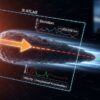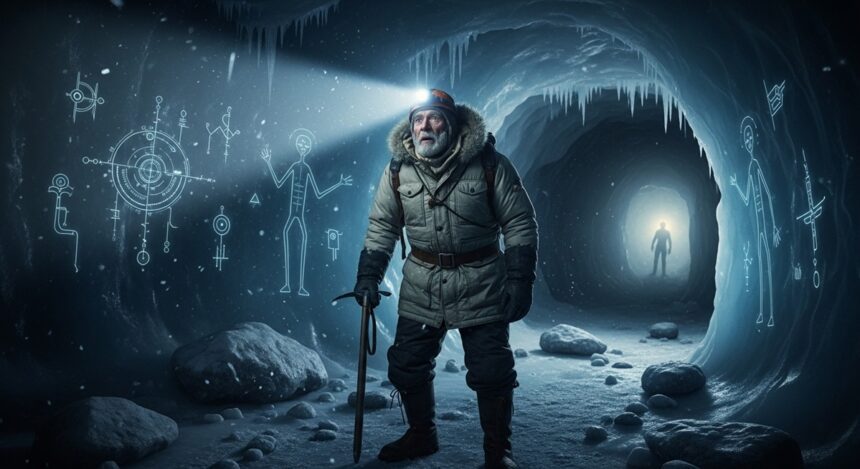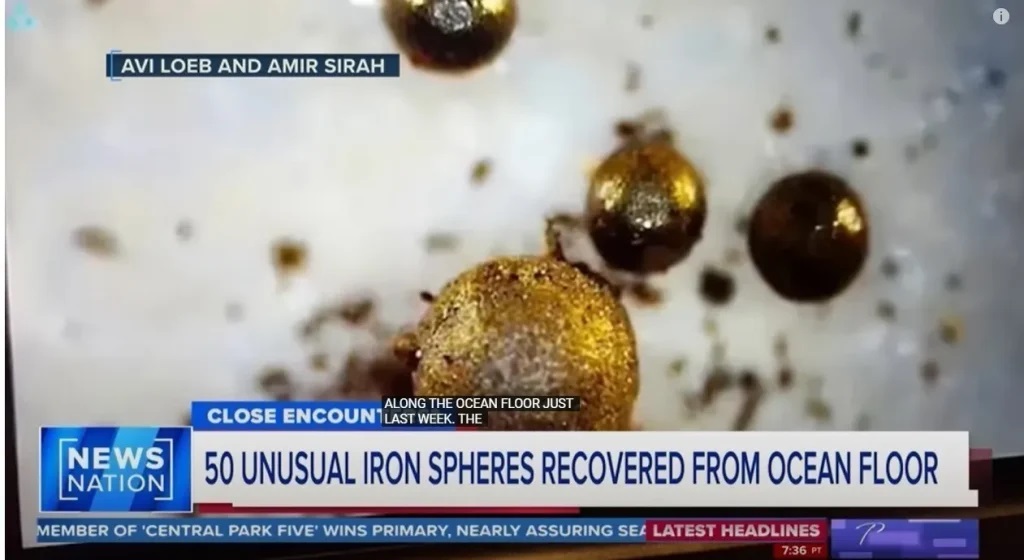Antarctica has long been a land of enigmas, shrouded in ice and mystery. This frozen continent, often dismissed as a barren wasteland, holds tales that challenge our understanding of history, science, and even humanity’s place in the universe. From ancient maps depicting a green Antarctica to modern-day sightings of unexplained phenomena, the South Pole continues to captivate explorers, scientists, and conspiracy theorists alike. But what if some of these stories aren’t just folklore? What if they stem from real encounters that governments have desperately tried to bury?
In 2013, a riveting interview surfaced online, featuring an elderly Canadian polar explorer named Graham Lewis. With over a decade of Antarctic expeditions under his belt, Lewis shared a story from his final trip in 1976—a classified mission that forever changed his life. His account of stumbling upon an artificial cave and encountering otherworldly beings isn’t just thrilling; it raises profound questions about what lies beneath the ice. Could this be evidence of an advanced civilization hiding in plain sight?
The Magic of Antarctica: A Continent of Endless Mysteries
Before delving into Graham Lewis’s extraordinary tale, it’s essential to understand why Antarctica has fueled speculation for centuries. This remote landmass, larger than Europe, remains one of the least explored places on Earth. Harsh winds, sub-zero temperatures, and logistical nightmares have kept much of it off-limits, even in our satellite-mapped era.
Historically, Antarctica wasn’t always the icy fortress we know. Ancient maps like the Piri Reis map from 1513 suggest it was once charted with astonishing accuracy, depicting coastlines that match modern sonar readings—coastlines hidden under miles of ice. Theories abound: Was it home to lost civilizations like Atlantis? Or perhaps remnants of advanced prehistoric societies? Fast-forward to the 20th century, and the continent became a hotspot for military and scientific intrigue during the Cold War. Operations like Highjump in 1946-1947, led by Admiral Richard Byrd, sparked rumors of Nazi bases, UFO sightings, and underground anomalies.
Today, with climate change accelerating ice melt, new discoveries are emerging. Satellite imagery reveals pyramid-like structures and vast subglacial lakes teeming with life. Governments maintain strict treaties banning military activity, but whispers of secret bases persist. It’s in this context that Lewis’s story emerges—not as isolated fiction, but as part of a complex set of Antarctic puzzles that demand scrutiny.
Why Secrets Thrive in the Frozen South
Classified expeditions aren’t new to Antarctica. The Antarctic Treaty of 1959 promotes peaceful scientific cooperation, yet it doesn’t stop nations from pursuing hidden agendas. Reports of unusual seismic activity, magnetic anomalies, and restricted no-fly zones hint at something more. Lewis’s involvement in a joint U.S.-Canadian mission exemplifies how governments recruit seasoned experts for covert ops, often under the guise of resource exploration or environmental studies.
Lewis, a veteran of 13 Antarctic trips between 1961 and 1976, was no stranger to the continent’s dangers. His expertise in navigation, survival, and geological surveying made him a prime candidate. But as he revealed, the 1976 expedition was different—cloaked in secrecy from the start. This pattern mirrors other declassified events, like the Roswell UFO incident, where participants broke silence years later, exposing truths officials denied.
Graham Lewis’s Journey: From Routine Explorer to Witness of the Impossible
Graham Lewis’s story begins like a spy thriller. In March 1976, just months after his previous expedition, black cars pulled up to his Canadian home. Men in suits emerged, not with accusations, but with an irresistible offer: Join a top-secret mission to Antarctica. His wife joked about legal troubles, but the reality was far stranger.
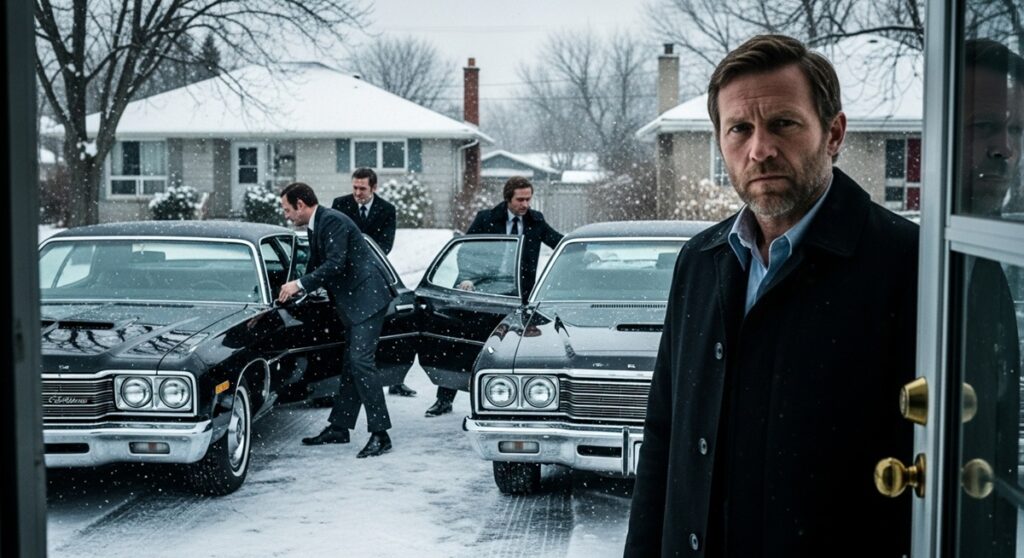
Lewis was selected based on his impeccable track record. As the sole Canadian, he was joined by American counterparts, though some backed out and were replaced. Confidentiality was paramount; even the team list was shared covertly to build trust. During his flight to the U.S., Lewis learned of minor changes, but his key colleagues remained on board. The pay? Generous, with lifetime benefits and ironclad safety assurances.
The Veil of Secrecy: What Wasn’t Said
Officials downplayed the mission’s classified status, attributing it to “state interests.” Lewis speculated it involved mineral prospects—oil, rare earths, or diamonds exposed by melting ice. Antarctica’s untapped resources are estimated to be worth trillions, fueling geopolitical tensions. Yet, his American teammates knew little more; they were “hired hands,” not insiders.
The team was briefed on a newly exposed passage in the rock, promising cave discovery glory, albeit unofficial. Equipped with state-of-the-art snowmobiles and gear, the expedition was slated for just 22 days—the shortest Lewis had ever undertaken. Acclimatization took three days, then they headed to the coordinates: a mountain range piercing the ice dunes.
Into the Unknown: The Cave That Defied Nature
At the base of a towering peak, they found it—a circular entrance, unnaturally perfect. Lewis, with his explorer’s eye, noted its resemblance to man-made tunnels or mines, not jagged natural caves. No tool marks inside, yet the origin screamed artificial. The temperature rose dramatically; they shed layers, leaving equipment behind.
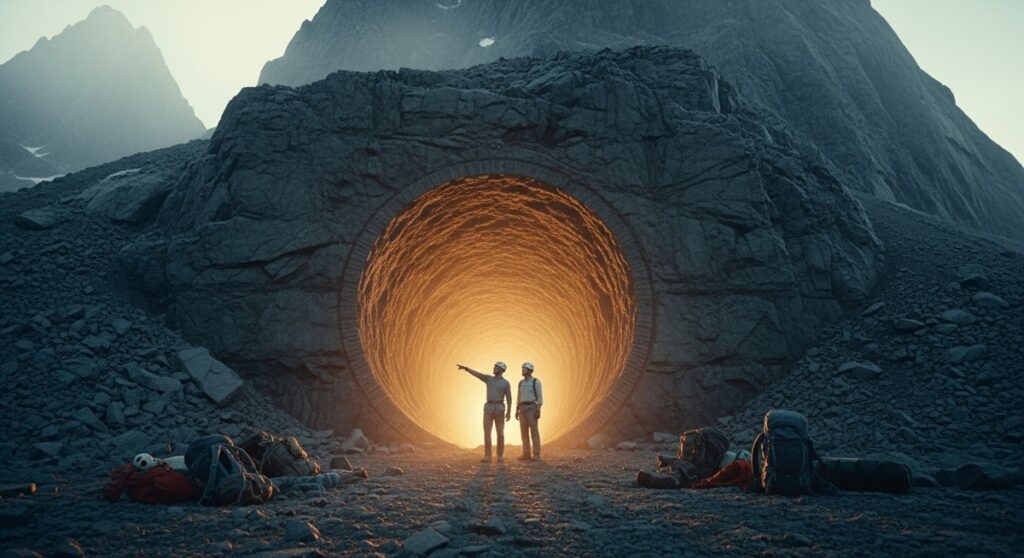
For half an hour, they ventured deeper. The cave was vast—ceilings lost in shadow, paths wide enough for comfortable passage. No crawling, no stooping; it felt engineered for ease. Then, a noise echoed ahead. Moments later, a metallic sphere appeared, aglow with lights. Doors parted, revealing a humanoid figure: gray skin, slender build, massive black almond-shaped eyes dominating its face.
Fear gripped the team. But the real shock came telepathically—a voice in their minds, clear and urgent.
The Telepathic Warning: Hosts of Antarctica Speak
The being didn’t speak aloud. Instead, phrases materialized in their thoughts:
“You can’t come here. The masters of Antarctica live here. People have already tried to get here through other passages. Each time it ended badly. Turn around and leave. Don’t force us to act. We wish no harm to anyone. Your curiosity is self-serving. If there are people here, we will die.”
An energy field materialized—shimmering white and blue, like an impenetrable shield. Lewis touched it; it felt like glass. The sphere closed and vanished deeper into the complex.
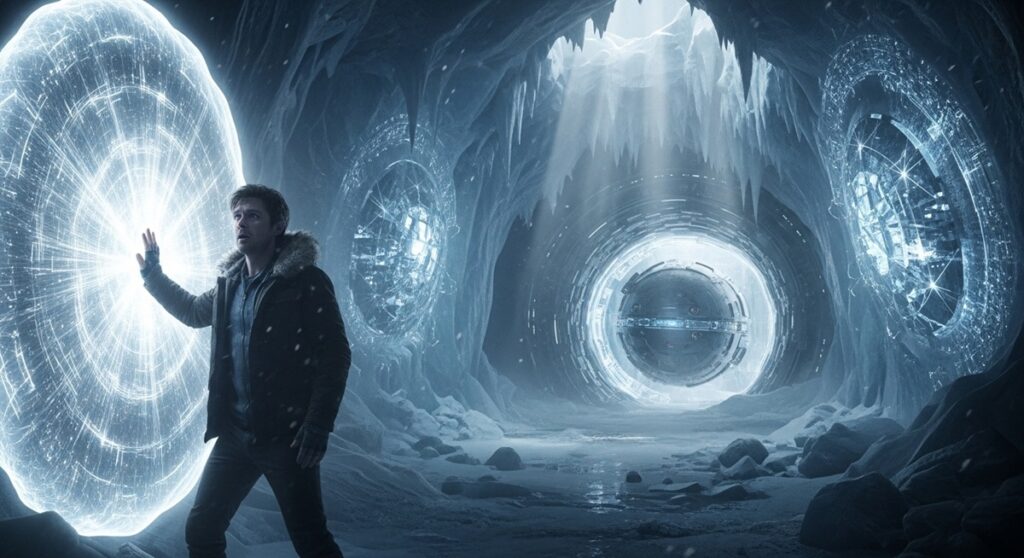
This encounter shattered Lewis’s worldview. Here was a civilization with superior technology—telepathy, force fields, flying orbs—yet vulnerable to humans. Perhaps our biology posed a threat, like a virus to their ecosystem. UFO sightings near the cave, Lewis later learned, prompted the mission. Not resources, but extraterrestrial investigation.
Aftermath: Debriefings and a Vow of Silence
Back on the surface, the team was extracted as promised. Endless interrogations followed from government agencies. Lewis refused further Antarctic trips, haunted by the experience. His 2013 interview broke decades of silence, aligning with a pattern where whistleblowers reveal classified truths.
Broader Implications: Aliens, Underground Bases, and Global Cover-Ups
Lewis’s account isn’t isolated. Admiral Byrd’s 1947 diary entries describe “hollow earth” realms and advanced beings warning against nuclear weapons. Modern whistleblowers like Corey Goode claim Antarctic bases house extraterrestrial alliances. Satellite anomalies, like Google’s blacked-out areas, fuel speculation.
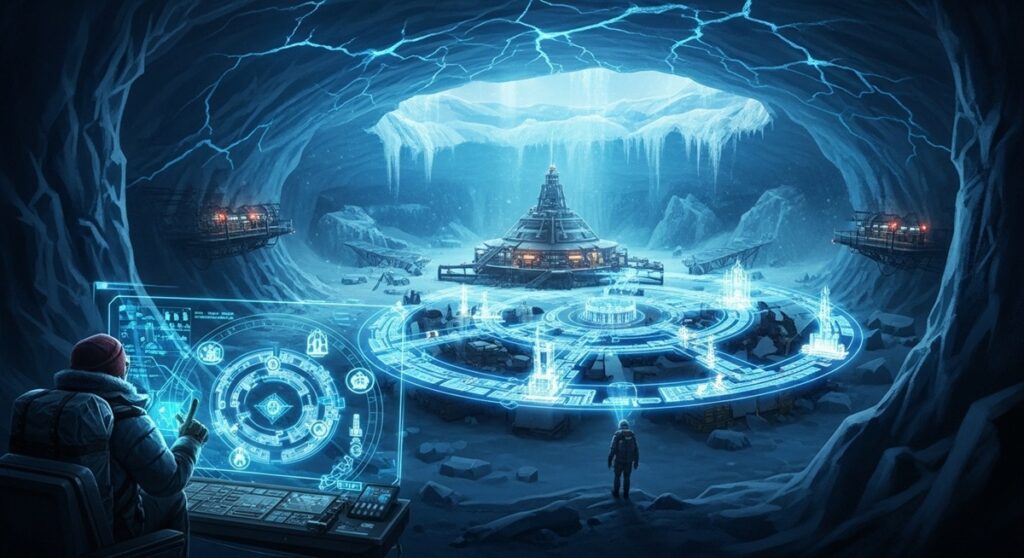
Scientifically, subglacial environments could harbor life forms isolated for millennia. Extremophiles in Lake Vostok suggest possibilities for advanced species. If Lewis’s “hosts” exist, they might be ancient Earth inhabitants or interdimensional visitors, guarding against human intrusion amid climate shifts.
Connecting the Dots: Similar Encounters Worldwide
Roswell, Rendlesham Forest, and Phoenix Lights share themes: Gray aliens, telepathy, warnings. Antarctica’s isolation makes it ideal for hidden bases. Recent declassifications, like Pentagon UFO reports, lend credibility. Could melting ice force these beings into the open?
What Does This Mean for Us Today?
In 2025, with AI advancements and space exploration, Lewis’s story urges reevaluation. Governments monitor Antarctica closely; private ventures like SpaceX eye its potential. If extraterrestrials exist there, contact could redefine humanity—or spark conflict.
Lewis’s tale reminds us: Secrets don’t stay buried forever. As ice melts, more revelations may emerge. Are we ready?
Skepticism and Verification: Separating Fact from Fiction
Critics dismiss Lewis as a hoaxer, lacking physical evidence. Yet, eyewitness accounts often precede proof, as with black holes or exoplanets. No public records confirm his expedition, but classified ops rarely leave trails. Independent investigations into Antarctic anomalies continue, bolstered by whistleblower protections.
A Call to Explore the Unseen
Graham Lewis’s 1976 encounter challenges our reality. From a routine explorer to a bearer of cosmic secrets, his story encapsulates Antarctica’s mysteries. As we push boundaries, remember: The greatest discoveries often lurk in the shadows.



